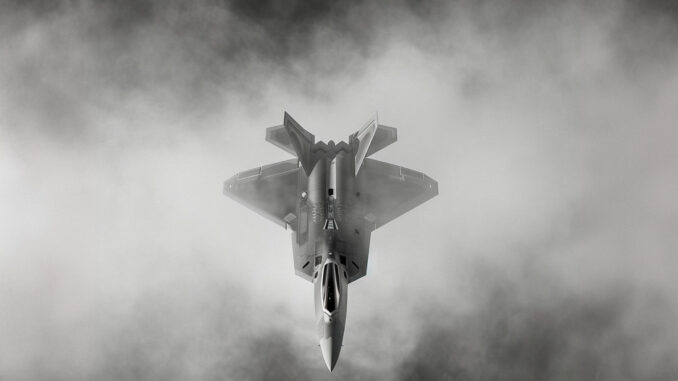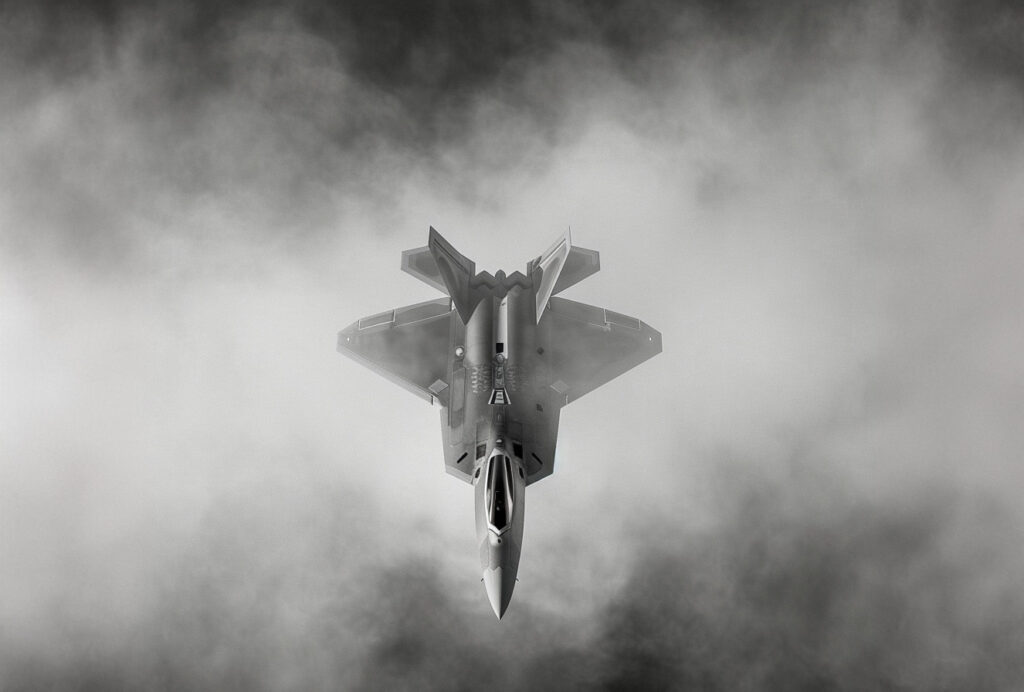
Maintaining the Next Generation Air Dominance (NGAD) programme is crucial in the face of Chinese military advances. Analysis of the issues and recommendations.
The US Air Force’s Next Generation Air Dominance (NGAD) programme is essential to maintain air superiority in the face of emerging threats, particularly from China. Despite budget constraints, it is vital to continue this programme to avoid falling behind technologically and strategically. The NGAD includes manned and unmanned combat aircraft, developed to counter the adversary systems of the 2030s. Proposals include increased funding and the adoption of innovative procurement strategies to reduce costs and accelerate delivery. Delaying this programme could compromise national security in the long term.
The US Air Force’s Next Generation Air Dominance (NGAD) programme is at the heart of current budgetary and strategic debates. Designed to maintain US air superiority against potential adversaries such as China, the programme integrates manned and unmanned combat platforms. This article explores why the NGAD is crucial, the budgetary challenges faced, the pros and cons of the programme, and its long-term implications.
Background and objectives of NGAD
The NGAD programme was initiated in 2014 following extensive research by the US Air Force and Department of Defense. This research concluded that current US air capabilities would not be sufficient to counter adversary systems in the 2030s, particularly those of China. The programme includes manned combat aircraft and collaborative drones, designed to penetrate adversary defences and dominate contested airspace.
Former Chief Procurement Officer Frank Kendall played a key role in the development of the NGAD. He made the programme one of his priorities as Secretary of the Air Force, emphasising its strategic importance in the face of Chinese military developments, including their own sixth-generation fighter programme planned for 2035.
Budgetary and financial challenges
Current budget constraints, exacerbated by the Fiscal Responsibility Act and deficit concerns, pose a major challenge to funding the NGAD. Other priority programmes, such as the B-21 bomber and Sentinel intercontinental missile, as well as rising personnel costs, are putting additional pressure on the Air Force budget.
The projected cost of the manned portion of the NGAD, which could exceed that of the F-35 fighter, raises concerns about the ability of the US to acquire a sufficient number of these fighter aircraft. Significant delays in the programme could result in an inability to keep pace with evolving threats.
Advantages of the NGAD
The NGAD offers a number of strategic advantages. Firstly, it ensures US air superiority in the face of emerging threats, particularly from China. The development of advanced combat systems enables us to respond effectively to the challenges posed by adversaries equipped with cutting-edge technologies.
Secondly, the NGAD integrates unmanned combat platforms, reducing the risks for pilots and enabling more flexible and autonomous operations. These collaborative drones can carry out dangerous missions without endangering human lives.
Finally, the NGAD stimulates technological and industrial innovation. The new technologies developed for this programme can have both civilian and military applications, strengthening the US industrial and technological base.
Disadvantages and challenges of the NGAD
Despite its advantages, NGAD also presents challenges and drawbacks. The main obstacle is its high cost, which can put a strain on the defence budget. Funding this programme requires difficult trade-offs with other strategic priorities.
In addition, the development of cutting-edge technologies involves technical risks. Delays and cost overruns are common in complex defence programmes, which can compromise the timely delivery of the required capabilities.
Another drawback is the growing dependence on technology. The integration of autonomous systems and artificial intelligence into combat operations raises ethical and safety issues, particularly with regard to reliability and autonomous decision-making in critical situations.

Consequences of delaying or cancelling NGAD
A delay or cancellation of the NGAD programme would have serious consequences for US national security. China is rapidly advancing the development of its own sixth-generation fighter and other advanced military capabilities. Without NGAD, the US risks losing its technological and strategic advantage in the 2030s.
Furthermore, cancellation of the NGAD could weaken US deterrence and encourage adversaries to test the limits of US military power. Reduced air superiority would compromise the United States’ ability to protect its interests and those of its allies in strategic regions such as the Pacific.
Finally, the cancellation of NGAD would have a negative impact on the US defence industry. The loss of this programme would mean less investment in research and development, thus weakening the US industrial and technological base in the long term.
Strategies to ensure the continuity of the NGAD
Innovative funding and acquisition strategies are essential to ensure the continuity of the NGAD. Congress and the Department of Defense must work together to ensure adequate funding for the program while exploring alternative approaches to reduce costs.
One proposed strategy is the “century series” model referred to by former acquisition chief Will Roper. This approach involves developing fighters that are cheaper and quicker to produce, with iterative designs that can evolve every few years. Engaging the industry in this process is crucial to ensuring the feasibility and effectiveness of this strategy.
The NGAD programme is essential to maintain US air superiority in the face of emerging threats, particularly from China. Despite budgetary challenges, it is crucial to continue this programme to avoid falling behind technologically and strategically. By adopting innovative funding and acquisition strategies, the United States can ensure the continuity of the NGAD and safeguard its long-term national security. The decisions taken today will have a significant impact on the United States’ ability to dominate the skies in the decades to come.
War Wings Daily is an independant magazine.